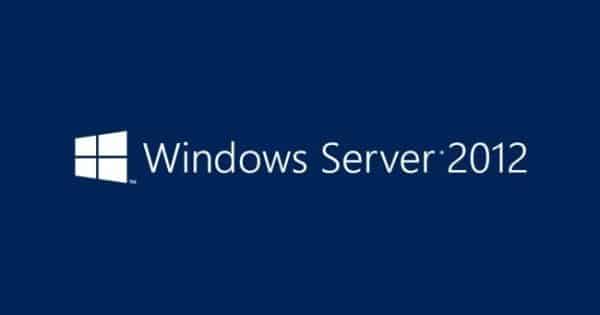

Slmgr.vbs /ato to activate the KMS ServiceĪnd now we can check our environment to see what we can activate:
#WINDOWS 2012 R2 KMS KEY CLIENT INSTALL#
Now it is time to install the new KMS key. (We all know this has to be done from an elevated command prompt.)

Uninstall the current KMS key using slmgr.vbs /upk Slmgr.vbs /dlv => The Windows 2008 R2 KMS key. Login the Microsoft Volume License Service Center (VLSC) website and look for the following licensing. (I generally don’t recommend this method). Obtained by purchasing a Windows 10 license from Microsoft. (use this) Client KMS Keys needed when installing your key on a Windows 10 KMS Host. Obtained by purchasing a Windows 2012 R2 Standard/Datacenter license from Microsoft. The KMS server that is activated with the KMS host key for Windows Server 2012 R2 (VOLUMEKMSWS12R2 channel) supports the activation of all Windows operating systems up to Windows 8.1 / Windows Server 2012 R2 (to activate Windows 10 and Windows Server 2016, you need to install a special update on KMS host and re-activate the KMS server with a new key). Just restarting the KMS service (" net stop sppsvc" and " net start sppsvc") is NOT enough. Server KMS Keys needed when installing your key on a Windows 2012 R2 KMS Host. So install the update (Windows6.1-KB2757817-圆4.msu) and restart the server! If you don't install this Update then registering a Windows Server 2012 KMS will throw an Error: 0xC004F050 The Software Licensing Service reported that the product key is invalid. They can either be upgraded to Windows 8.1 or Windows Server 2012 R2 KMS Hosts, or updated with the update from Microsoft KnowledgeBase article 2885698. All supported x86-based versions of Windows Vista and of Windows Server 2008Īll supported 圆4-based versions of Windows Vista and of Windows Server 2008Īll supported IA-64-based versions of Windows Vista and of Windows Server 2008Īll supported x86-based versions of Windows 7Īll supported 圆4-based versions of Windows 7Īll supported 圆4-based versions of Windows Server 2008 R2Īll supported IA-64-based versions of Windows Server 2008 R2 In order for these organizations, however, to activate Windows 8.1 and Windows Server 2012 R2, their existing Key Management Services (KMS) infrastructure may need to be updated.


 0 kommentar(er)
0 kommentar(er)
